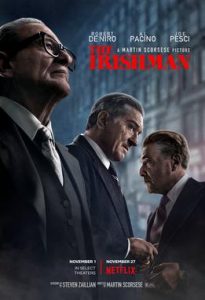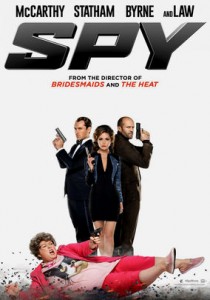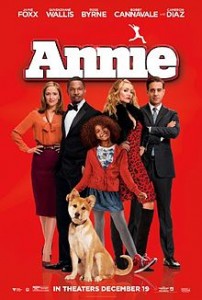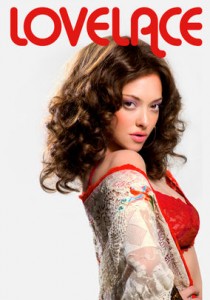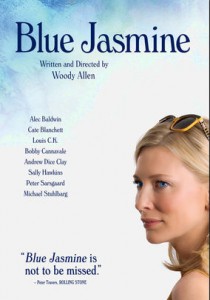MaXXXine-2024
Director Ti West
Starring Mia Goth
Scott’s Review 1,463
Reviewed February 4, 2025
Grade: B+
MaXXXine (2024) is a slasher horror film lover’s dream. With its 1980s-style filming, peroxide hairdos, and video cassette recorders (remember them?), it’s a sheer delight for genre fans.
Adding tight-washed blue jeans, a 1985 musical soundtrack, and the sunny setting of Los Angeles, California, you’ve got a throwback 80’s film in the best ways.
It is the third installment in Ti West’s X film series and a direct sequel to X (2022). The first chapter was called Pearl (2022). Although seeing the others before seeing MaXXXine is unnecessary, it is also fun.
West writes, produces, directs, and edits the vehicle, so the project is his creation. His muse, Mia Goth, who has starred in all three films, makes a return appearance and is co-producing.
Rumor has it there may be a fourth.
In the film, Maxine sets out for fame and success in 1980s Hollywood and is targeted by a mysterious killer, who is assumed to be the aptly nicknamed real-life Night Stalker.
But is this a red herring? Maxine’s friends are systematically eliminated, leaving the poor girl and the detectives to wonder if she could be the next target.
Could it be someone from her past? Or is someone jealous of her impending film success?
The film gets off to an intriguing start when a videotape shows a young Maxine dancing for her father, who appears to be coaching her and determinedly telling her never to settle.
Adult Maxine brilliantly auditions for a new horror film called Puritan II despite her only credits being in adult films. She shows she has raw talent and emotion and is unafraid to prance around topless.
She speeds away in her sports car with vanity plates reading ‘MaXXXine’.
We quickly learn that Maxine is not to be messed with. When she is accosted at knifepoint, she channels her inner Aileen Wuornos and pulls a gun on her attacker, makes him strip, puts the gun in his mouth, and forces him to perform fellatio on it before stomping on and crushing his testicles with her boot.
She snickers and walks away.
West wants MaXXXine to be entertaining, and he largely succeeds. It’s a fun film not to be taken seriously, but the female-empowering message impressed me.
The Puritan II’s director, wonderfully played by Elizabeth Debicki (The Crown’s Princess Diana), warns Maxine of the sharks and predators in La La Land, and an early quote by legendary actress Bette Davis states, ‘You’re not a star until you’re viewed as a monster.’
In MaXXXine, one is allowed to be a badass bitch and take no prisoners.
The final act is uneven, with a hokey explanation for the killer’s motivations for wanting Maxine dead amid the palatial Hollywood hills. The showdown is a generic extravaganza where the killer’s circle of henchmen is taken down conveniently to let him and Maxine square off.
Earlier, there are real-life clips of Christian wackos accusing heavy metal artists of devil worship and protesters foolishly carrying around signs objecting to the Puritan II, which is a significant clue to the whodunit.
Bobby Cannavale and Michelle Monaghan play detectives who lack great dialogue and are the film’s comic relief, and Kevin Bacon goes over the top as a private investigator.
However, a delightful cameo by Lily Collins (TV’s Emily in Paris) is a big win.
I suppose one could approach MaXXXine (2024) as dissecting the artificiality of Hollywood or the overindulgence of the 1980s excess (cocaine use is prevalent in the film). Still, I took the film as celebrating 1980s horror magnificently.
And I was a happy participant.


